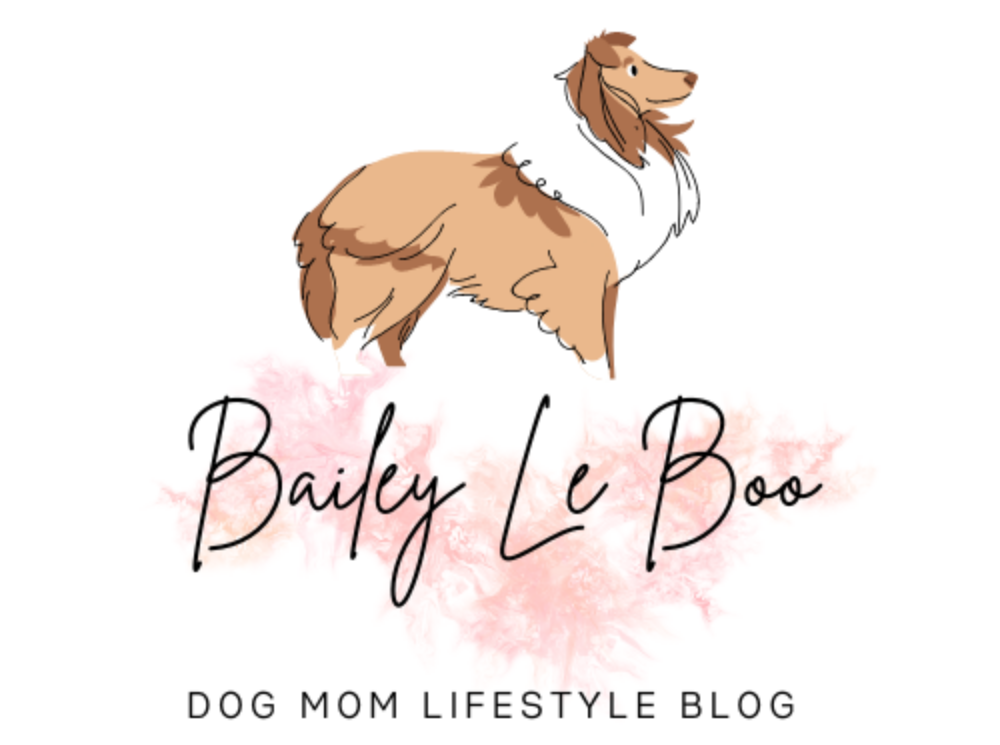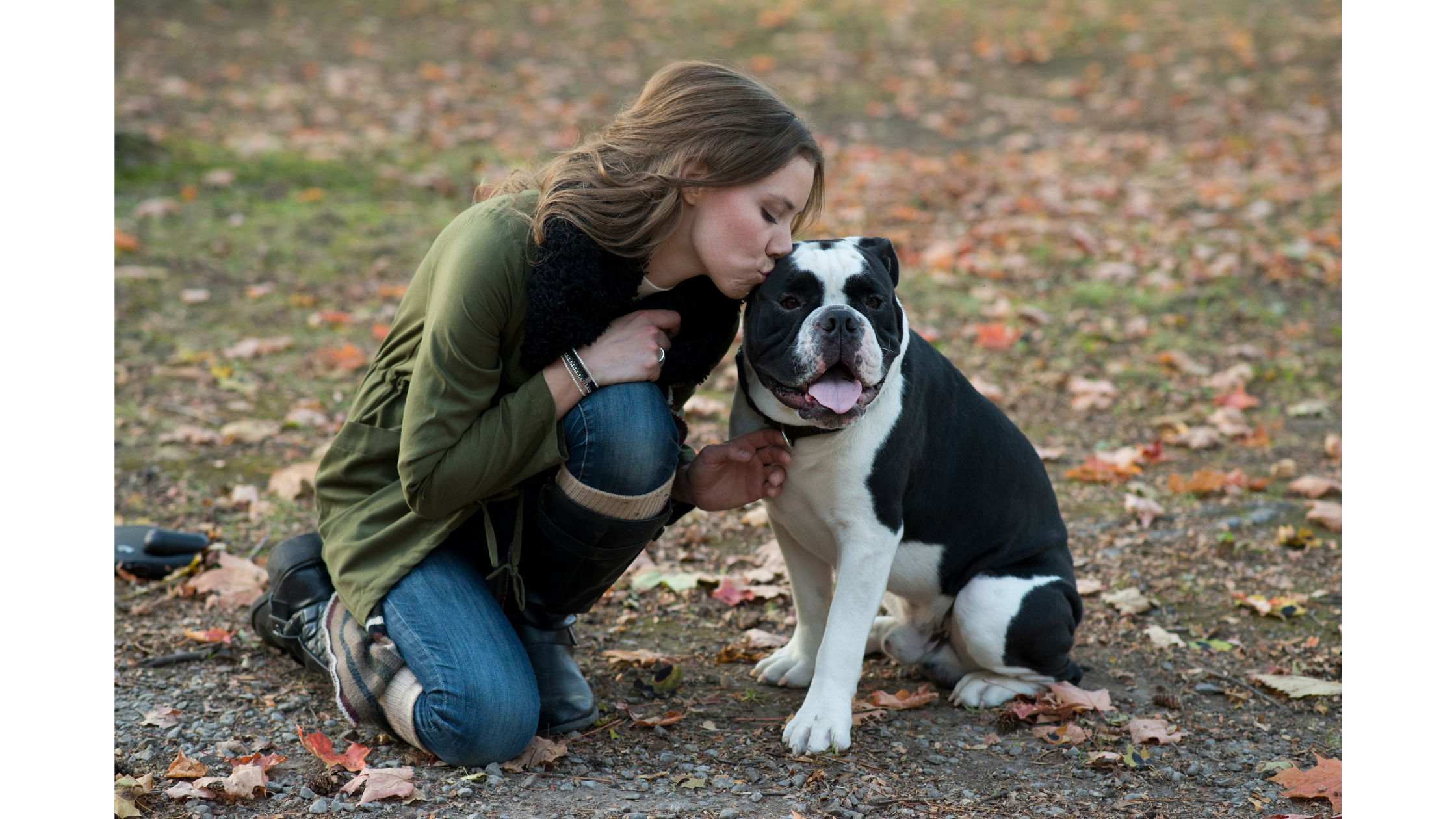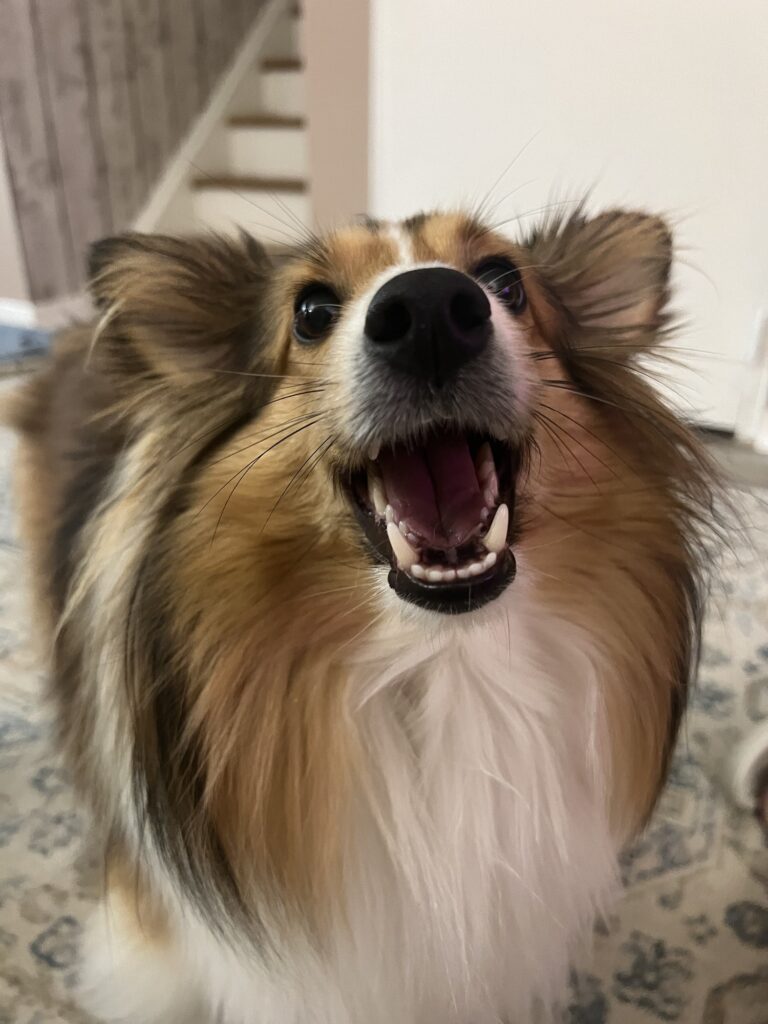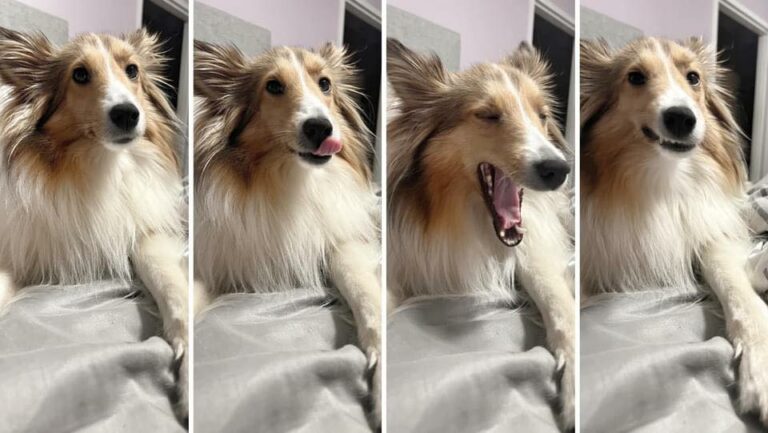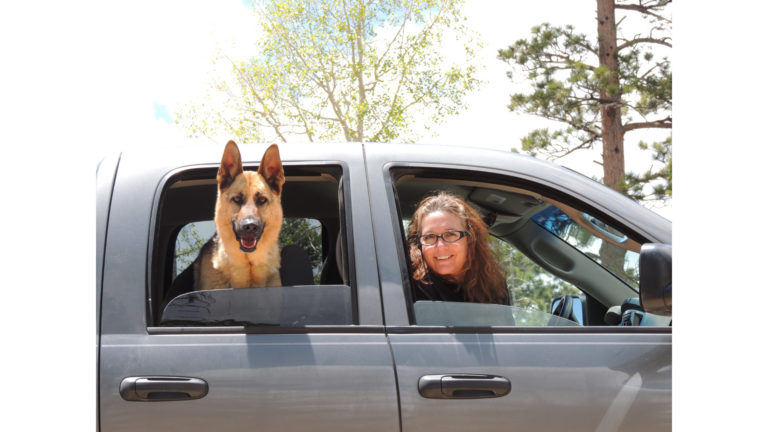Building a Deeper Connection: Strengthening the Bond with Your Dog
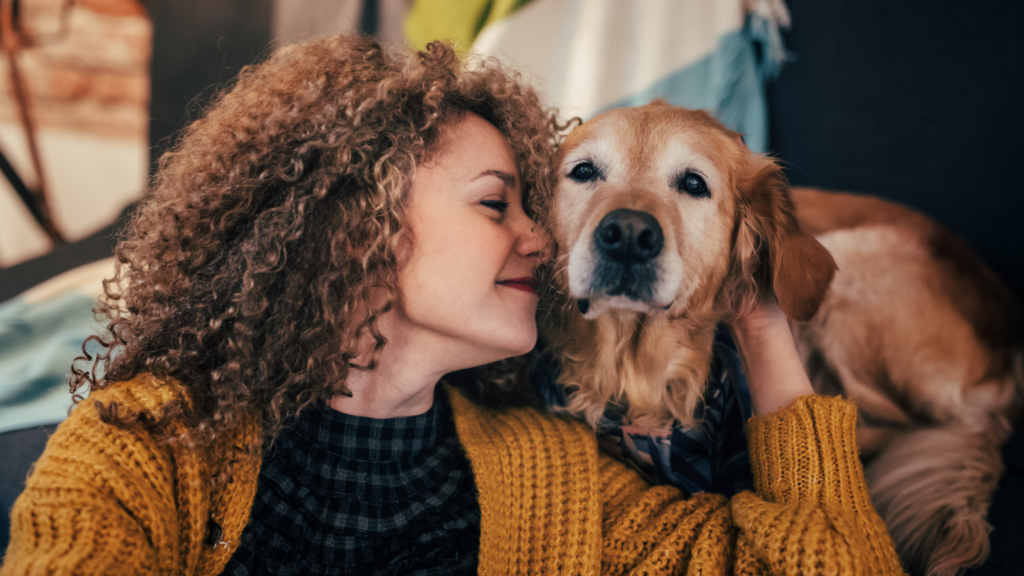
Establishing a Strong Foundation with Your Dog
Understanding your dog’s body language and vocalizations is crucial for effective communication and relationship building. Recognizing signs of stress, fear, and contentment in your dog can help you respond appropriately to their needs. It’s essential to pay attention to your dog’s body language, such as their posture, tail position, and ear movements, to understand their emotional state and feelings. For instance, a relaxed and wagging tail often indicates happiness and a positive mood, while a tucked tail may signal anxiety or fear. By being attuned to these cues, you can create a supportive and empathetic environment that fosters a deeper bond and trust with your furry companion.
In addition to body language, being attentive to your dog’s vocalizations is equally important. Dogs use different sounds to communicate their needs and emotions, such as whining when they’re seeking attention or barking to alert you of something. By learning to interpret these vocal cues, you can better understand what your dog is trying to convey and respond in a supportive and empathetic manner. By responding to your dog’s cues with empathy and understanding, you can foster a deeper bond and trust, creating a harmonious and loving relationship with your furry companion.
Moreover, observing your dog’s responses to various stimuli and environments can also provide valuable insights into their preferences and comfort levels. For example, paying attention to how your dog reacts during social interactions with other pets or when introduced to new experiences, such as car rides or visits to the park, can help you gauge their emotional responses and tailor your interactions to create a positive and supportive environment. By recognizing and responding to your dog’s cues with sensitivity and understanding, you can establish a strong foundation for a trusting and enduring relationship.
Quality Time: A Key Ingredient for Bonding
When it comes to forming a strong bond with your dog, spending quality time together is essential. It’s not just about being physically present, but also about engaging in activities that truly resonate with your furry companion. By focusing on your dog’s preferences and needs, you demonstrate your commitment to nurturing a meaningful relationship with your dog. For example, setting aside dedicated time for daily walks, engaging in interactive play sessions, or participating in agility training or nose work can create ample opportunities for bonding and mutual enjoyment, deepening the connection with your dog.
Furthermore, incorporating activities that cater to your dog’s individual interests and instincts can significantly enhance the bond between you and your furry friend. For instance, if your dog exhibits a keen interest in scent-based activities, such as tracking or search games, incorporating these into your quality time together can provide mental stimulation and reinforce the bond through shared experiences. Additionally, grooming sessions can serve as bonding opportunities, where the focused attention and gentle touch create moments of intimacy and connection, solidifying the emotional bond between you and your dog.
Incorporating playtime into your daily routine not only provides physical exercise but also strengthens the emotional connection with your dog. Engaging in activities that encourage natural behaviors, such as fetching, chasing, or interactive toys that mimic prey, taps into your dog’s instincts and creates moments of joy and fulfillment. These shared experiences contribute to a deeper sense of companionship and trust, ultimately fostering a strong and enduring bond.
Positive Reinforcement Training for Relationship Building
Positive reinforcement training is a powerful tool for building a strong bond with your dog. By rewarding good behavior with treats or praise, you create a positive and respectful learning environment for your furry friend. This approach not only encourages obedience and good manners but also strengthens the emotional connection between you and your dog. For instance, when your dog responds to a command promptly or exhibits desired behavior, rewarding them with a favorite treat or a joyful “good boy” helps them associate positive outcomes with their actions, reinforcing the bond.
Moreover, integrating positive reinforcement techniques into your daily interactions with your dog can further solidify the bond. For example, using verbal praise and physical affection to reinforce desirable behaviors, such as sitting calmly during meal times or greeting visitors politely, promotes a sense of accomplishment and mutual understanding. By consistently emphasizing positive behaviors and responses, you create an environment where your dog feels appreciated, understood, and valued, which in turn strengthens the bond between you both.
In addition to obedience training, positive reinforcement can be applied to various activities and experiences, such as vet visits or grooming sessions. By associating these events with rewards and reassurance, you can help your dog build positive associations and trust, ultimately nurturing a strong and enduring bond based on mutual respect and understanding.
Physical and Mental Exercise for Strengthening Your Bond
When it comes to building a strong bond with your dog, engaging in physical and mental exercises tailored to your furry friend’s needs is crucial. Not only does it provide an opportunity for fun and enjoyment, but it also lays the foundation for a deeper connection and mutual understanding.
One way to achieve this is by aligning physical activities and interactive play with your dog’s energy level and preferences. For instance, if you have an energetic and playful dog, going for a run together, playing fetch in the park, or enjoying a game of tug-of-war can be fantastic ways to strengthen your bond. On the other hand, if your dog prefers a more relaxed pace, a leisurely walk or a gentle game of hide-and-seek can also be effective in building that connection. By tailoring the activities to suit your dog’s individual needs, you demonstrate your commitment to their well-being and happiness, which in turn fosters a strong, trusting relationship.
Incorporating mental stimulation through puzzle toys and scent games can provide a well-rounded and fulfilling bond. These activities not only keep your dog’s mind sharp and engaged but also create opportunities for teamwork and problem-solving between you and your furry companion. For example, engaging in a session of hide-and-seek with treats hidden around the house or using puzzle toys that dispense treats when manipulated can be both mentally stimulating and emotionally rewarding for your dog, ultimately deepening the bond between you both. Moreover, participating in activities like agility training or introducing new, stimulating toys can provide mental and physical enrichment, further fostering a stronger and more fulfilling connection with your dog.
Exploring New Adventures Together
Exploring new adventures with your dog is not only a great way to bond but also an exciting opportunity to create unforgettable memories. Whether it’s a hike through a scenic trail, a trip to the beach, or a visit to a dog-friendly café, these experiences can build trust and confidence in your relationship with your furry friend. For example, taking your dog on a camping trip allows you both to immerse yourselves in nature, providing an opportunity for quality time and shared exploration. This shared experience can deepen your emotional connection and create a sense of togetherness that is invaluable for strengthening your bond.
Moreover, engaging in new adventures with your dog can also foster a sense of security and confidence in your pet. As you both navigate new environments and experiences, your dog learns to trust in your guidance and feels reassured by your presence, ultimately strengthening the emotional bond between you. Whether it’s a road trip to a new destination or a visit to a bustling farmer’s market, these experiences provide opportunities for shared joy and bonding. Embracing these adventures with an open heart and a spirit of exploration can lead to a stronger, more resilient connection with your beloved canine companion.
Effective Communication Strategies for Deeper Connection
Effective communication is the cornerstone of any strong relationship, and this is no different when it comes to your bond with your dog. By consistently and clearly communicating with your furry friend, you can foster a deep sense of trust and understanding, ultimately strengthening the connection between the two of you [1].
Understanding your dog’s unique way of communicating is vital for building a strong and lasting bond. Whether it’s through body language, vocalizations, or other behavioral cues, being attuned to these signals allows you to respond to your dog’s needs and emotions in a meaningful way. For example, noticing when your dog tucks their tail between their legs or avoids eye contact can signal stress or anxiety, while a wagging tail and relaxed body posture indicate contentment and happiness.
Moreover, utilizing clear commands and cues during training and daily interactions is an effective way to ensure that your dog feels secure and respected. Consistency in your communication style and training methods helps your dog understand what is expected of them, providing a sense of structure and support within your relationship. For instance, practicing consistent verbal cues and hand signals during training sessions not only reinforces obedience but also deepens the level of communication and understanding between you and your dog, thus solidifying the bond.
In addition to verbal communication, incorporating physical cues and gestures into your interactions with your dog can further enhance the bond. For instance, using hand signals to convey commands or to indicate affection can create an additional layer of communication that strengthens the emotional connection between you and your furry companion. By being attuned to your dog’s responses and adapting your communication style to their needs, you create an environment where mutual understanding and trust can flourish, ultimately fostering a strong and enduring bond.
Building Trust and Mutual Respect
Building trust and mutual respect is essential for nurturing a strong bond with your dog. Consistent, positive interactions and experiences form the foundation for trust in your relationship with your furry companion. For instance, taking the time to understand your dog’s likes and dislikes, and responding to their cues with empathy, builds a sense of security and reliability. By consistently meeting your dog’s needs and providing a safe and loving environment, you establish a strong sense of trust that forms the basis of a deep and meaningful connection.
Moreover, demonstrating respect for your dog’s boundaries and preferences is crucial in fostering a balanced and harmonious relationship. This can be exemplified by allowing your dog to have their own space when needed and respecting their signals for solitude. By doing so, you communicate to your dog that their comfort and well-being are a priority, strengthening the trust and mutual respect in the relationship. Furthermore, engaging in activities that your dog enjoys and setting clear boundaries that align with their needs also contribute to building a relationship based on respect and understanding.
Ultimately, mutual respect and trust create a secure and loving environment for both you and your dog. By prioritizing your dog’s emotional and physical needs, you lay the groundwork for a fulfilling and enduring bond that brings joy and companionship to both of you.
Establishing Consistent Routines for Security and Connection
One of the most effective ways to strengthen your bond with your dog is by establishing consistent routines for their daily activities. These routines provide a sense of security and predictability, which can significantly contribute to the overall well-being and happiness of your furry companion.
For instance, having a fixed schedule for feeding times and bathroom breaks not only helps regulate your dog’s biological functions but also creates a sense of stability and security. This predictability can alleviate any anxiety or uncertainty your dog may feel, ultimately fostering a deeper bond between the two of you. Additionally, adhering to a consistent daily schedule for meals, walks, and playtime can create a comforting and secure environment, enhancing the connection and trust between you and your dog.
Moreover, incorporating daily rituals, such as morning walks or evening cuddle sessions, into your routine can provide opportunities for bonding and emotional connection. By dedicating specific times for shared activities and interactions, you create a sense of anticipation and comfort for your dog, ultimately reinforcing the emotional bond between the two of you. Whether it’s the familiar routine of a bedtime story or the comforting rhythm of a daily play session, these rituals contribute to a sense of security and connection that strengthens your bond with your furry companion.
Stimulating Playtime and Interactive Toys
Engaging in stimulating playtime and offering interactive toys can significantly enhance the bond with your dog. Interactive play sessions and toys not only encourage physical activity but also promote mental engagement, contributing to a fun and fulfilling relationship with your furry companion. For instance, playing hide and seek with your dog or introducing treat-dispensing toys can provide mental stimulation and excitement, fostering a deeper connection between you and your pet.
Moreover, choosing the right toys that align with your dog’s preferences and play style is essential for creating a rewarding playtime experience. Whether it’s a favorite squeaky toy or a challenging puzzle toy, tailoring the playtime activities to your dog’s individual likes and needs can strengthen the bond between you and your pet, showing them that their happiness and enjoyment are a top priority. By observing which toys capture your dog’s interest and bring them joy, you can create a more meaningful and delightful playtime routine that further solidifies your relationship.
In addition, playtime and interactive toys provide numerous opportunities for bonding and joyous interactions. Whether you’re engaging in a game of tug-of-war or introducing an agility course in your backyard, these activities not only promote physical well-being but also create shared moments of happiness and connection. By actively participating in these interactive experiences, you are reinforcing the emotional bond with your dog, making them feel loved, valued, and deeply connected to you.
Grooming and Physical Affection
Grooming and physical affection play a crucial role in fostering a strong and enduring bond with your dog. Regular grooming sessions not only contribute to your dog’s overall well-being but also create intimate and bonding moments that strengthen the emotional connection between the two of you. For instance, gentle brushing, nail trimming, and bathing can be calming and enjoyable experiences for your dog, allowing you to engage in nurturing and caring interactions that deepen your bond.
Understanding the specific type of physical affection and touch that your dog enjoys is essential for building a deeper sense of connection and trust. Every dog has individual preferences when it comes to physical affection, and by paying attention to your dog’s reactions and body language during petting, cuddling, and other forms of physical interaction, you can tailor your gestures to meet their needs and strengthen your bond. For example, some dogs may enjoy belly rubs, while others may prefer gentle ear scratches or back massages. By recognizing and respecting these preferences, you can create a more meaningful and enjoyable experience for your dog, enhancing the emotional connection between you both.
In addition to the emotional benefits, regular grooming and physical affection contribute to a strong, affectionate bond, promoting overall well-being for your dog. These moments of closeness and care not only provide comfort and security for your dog but also reinforce the trust and love that form the foundation of your relationship. Whether it’s through grooming sessions, cuddle time, or simply enjoying physical closeness, these activities are invaluable for nurturing a deep and loving connection with your furry companion.
Respecting Your Dog’s Need for Space
Recognizing when your dog needs alone time is an essential aspect of understanding and meeting their individual needs, which in turn strengthens the bond between you and your furry friend. Dogs, like humans, may exhibit behaviors indicating a desire for solitude, such as retreating to a quiet corner or their bed. Observing and respecting these cues not only demonstrates empathy but also fosters a deeper connection built on trust and understanding.
For instance, if your dog seeks solitude by moving to a separate area of the house, you can provide them with a cozy, comfortable space where they can relax undisturbed. This action not only respects their need for space but also reinforces their trust in you as a caring and attentive companion. By acknowledging and accommodating your dog’s need for quiet time, you are actively contributing to a more secure and harmonious relationship, based on mutual respect and consideration for their well-being.
Moreover, creating designated areas or retreats within your living space, such as a cozy bed or a quiet corner, can provide your dog with a sense of security and comfort. By honoring their need for solitude and relaxation, you are fostering a supportive and understanding environment that strengthens the emotional bond between you and your furry companion. Ultimately, by respecting your dog’s need for space, you create a sense of trust and security that contributes to a deeper and more enduring connection between the two of you.
